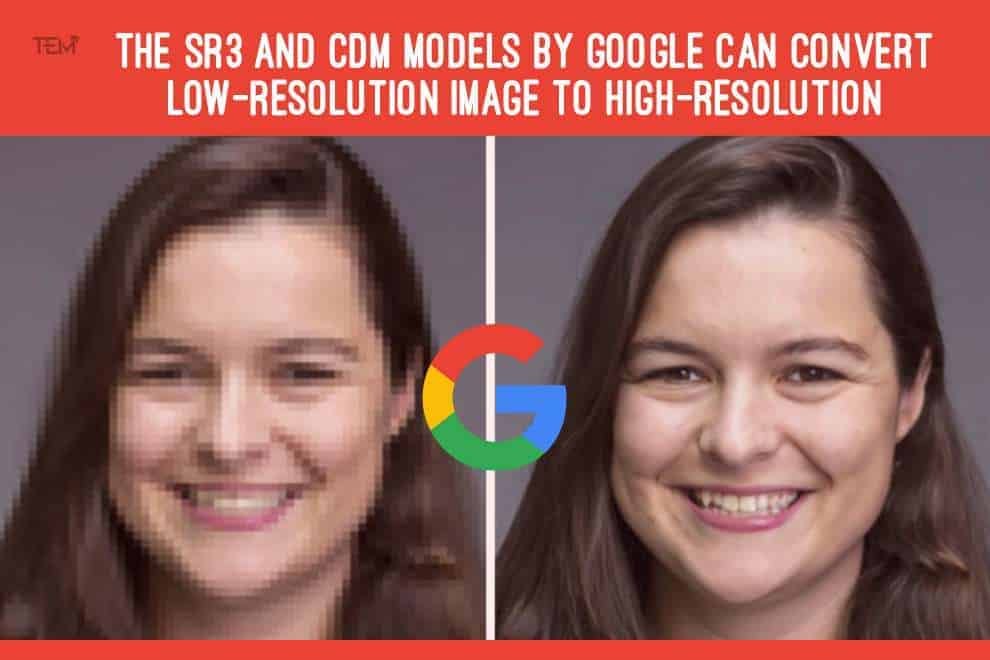Key Highlights:
- Super-Resolution Diffusion Model and Class-Conditional Diffusion Model have been introduced by Google that improves the resolution and quality of images.
- SR3 and CDM models can be used to restore old family portraits and improve medical imaging systems.
- Conditioning Augmentation technique to be implemented to improve sample quality results of CDM.
Enhancing the Image Quality
Many of us have old family photographs that are very precious and memorable. With time, most of the pictures have faded and become hazy. To revive the photographs and keep the old memories alive, Google has recently launched a couple of new diffusion models.
The tech-giant has launched the ‘SR3’ model (Super-Resolution Diffusion Model) and the ‘CDM’ model (Class-Conditional Diffusion Model) that can be used to restore old family portraits and improve medical imaging systems by providing a high-quality image resolution. These diffusion models were initially proposed by Google in 2015, however, they gained success recently due to their training stability and promising results on the sample quality of image and audio generation. These models use the machine-learning approach to enhance the quality of the images which, according to Google, “push the boundaries of the image synthesis quality for diffusion models”.
Super-Resolution Diffusion Model
SR3 or the Super-Resolution Diffusion Model converts a low-resolution image to a high-resolution image using pure noise. This model works through the image corruption process where noise is progressively added to the high-resolution image to the extent where only pure noise remains. This noise is then progressively removed to reach a target distribution with the guidance of the input low-resolution image. This model works best for upscaling portraits and natural images.
Class-Conditional Diffusion Model
CDM or the Class-Conditional Diffusion Model was introduced after achieving successful results from the SR3 model. The CDM model has been trained on ImageNet data that further generates high-resolution natural images. Using this model, a 32*32 photo can be enhanced to 64*64 and even 256*256 which can further be upscaled to 1024*1024.
Google researchers are still working on improving the sample quality results of high-resolution images produced by the CDM. They plan to implement a new data augmentation technique known as ‘Conditioning Augmentation’.
As explained by Google, “Conditioning Augmentation refers to applying data augmentation to the low-resolution input image of each super-resolution model in the cascading pipeline”. This technique will be used to prevent the SR3 model from overfitting to the lower-resolution conditioning input.










